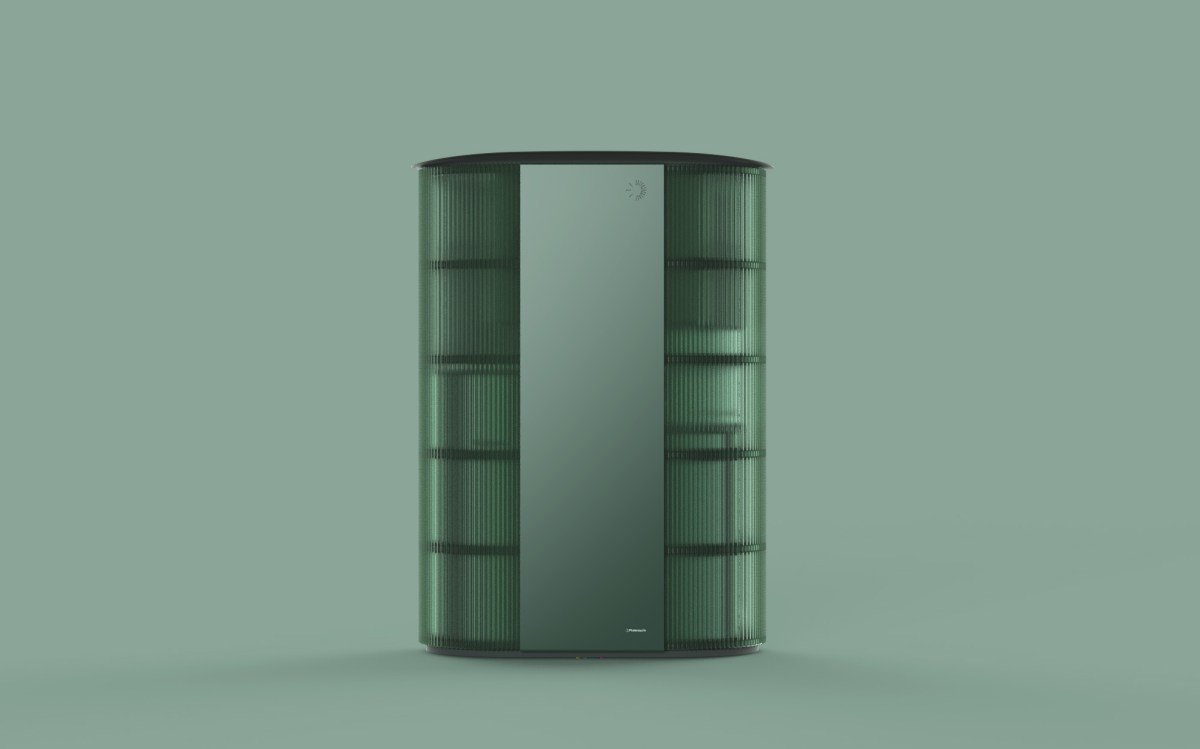The solar energy industry has long struggled with the challenge of interseasonal energy storage. The goal of harnessing excess solar energy during the summer months for use in the winter has remained elusive due to the limitations and high costs of existing solutions such as batteries. Hydrogen, known for its clean-burning properties, has also been disregarded due to inefficiency and expense.
“Lithium-ion batteries use costly metals. Our material is super cheap: To store 10,000 kilowatt-hours, it costs around $1,500, so it’s almost nothing. In addition, our storage solution is 20 times the density of a lithium-ion battery, and you don’t lose the current,” explains Bjørn Brandtzaeg, founder and CEO of Photoncycle, in an interview with TechCrunch.
But now, a startup called Photoncycle, emerging from an accelerator in Oslo Science Park in Oslo, Norway, claims to have found a solution. Their solid hydrogen-based technology, developed with a bright vision like the summer sun, promises to store energy more efficiently in an ammonia synthesis reactor. The company boasts that their method is more cost-effective than traditional batteries or liquid hydrogen solutions on the market.
At the core of Photoncycle’s innovation lies their treatment of hydrogen. They process the element and utilize their advanced technology to convert and store it in a solid form. The company assures that this method is not only safe, but also highly efficient due to the non-flammable and non-explosive nature of the solid state. It allows for hydrogen storage at 50% greater densities than liquid hydrogen, a significant advancement in the field of energy storage.
One of the major challenges faced by clean energy solutions like rooftop solar power is the inconsistent supply caused by unpredictable weather conditions. A reliable and reusable energy storage solution could bridge these gaps and ensure a stable energy supply even during intermittent periods of renewable energy production.
“The Netherlands is the country in Europe with the highest density of rooftop solar. We are seeing a massive ramp now because of high energy prices; everyone wants solar on the roof,” says Brandtzaeg. However, he also notes potential drawbacks for homeowners: “In July last year, in the Netherlands, in the middle of the day, you had to pay €500 a megawatt hour to export your electricity.”
Integrating energy storage with the house generating the renewable energy can effectively allow homes to go off-grid. Photoncycle has already tested and perfected the main components of their solution and now aims to integrate it into a complete system. If successful, the company plans to compete with Powerwall, Tesla’s popular lithium-ion battery solution.
“This is a relatively complex system — that’s why we have so many PhDs in different disciplines working on this. The reason why Elon Musk said that hydrogen is stupid, is that when you convert electricity to hydrogen and back, you are losing quite a bit of energy,” explains Brandtzaeg. However, he believes that this drawback can be turned into an advantage: “In a residential setting where 70% of energy needs are heating, there is an opportunity to use that excess heat to provide hot water. We will target markets where people are using natural gas for heating at the moment and then replace the gas boiler in the house using the existing water-based infrastructure.”
Brandtzaeg is confident regarding the operational framework of the concept. He points to a small mock-up of their operations plant within their labs, scaled down to the size of a car battery. He assures that scaling up will not be a problem, which is why they are moving forward with the project.
When it comes to power delivery, there is a slight delay while the hydrogen converts into electricity. As a workaround, the company relies on an intermediary, conventional battery for load balancing. Investors have taken notice of Photoncycle’s innovative approach, with the company recently raising $5.3 million (€5 million) to build and test their first few power storage devices in Denmark, chosen as their test market.
“We could have raised 10 times as much as we did, given the interest. But after this raise, I’m still a majority owner,” states Brandtzaeg. “I wanted to keep control over the business as long as possible and not raise more capital than we need to bring this service to market.”









[…] Alsym wants to ‘light up homes for a billion people’ with its new battery. […]